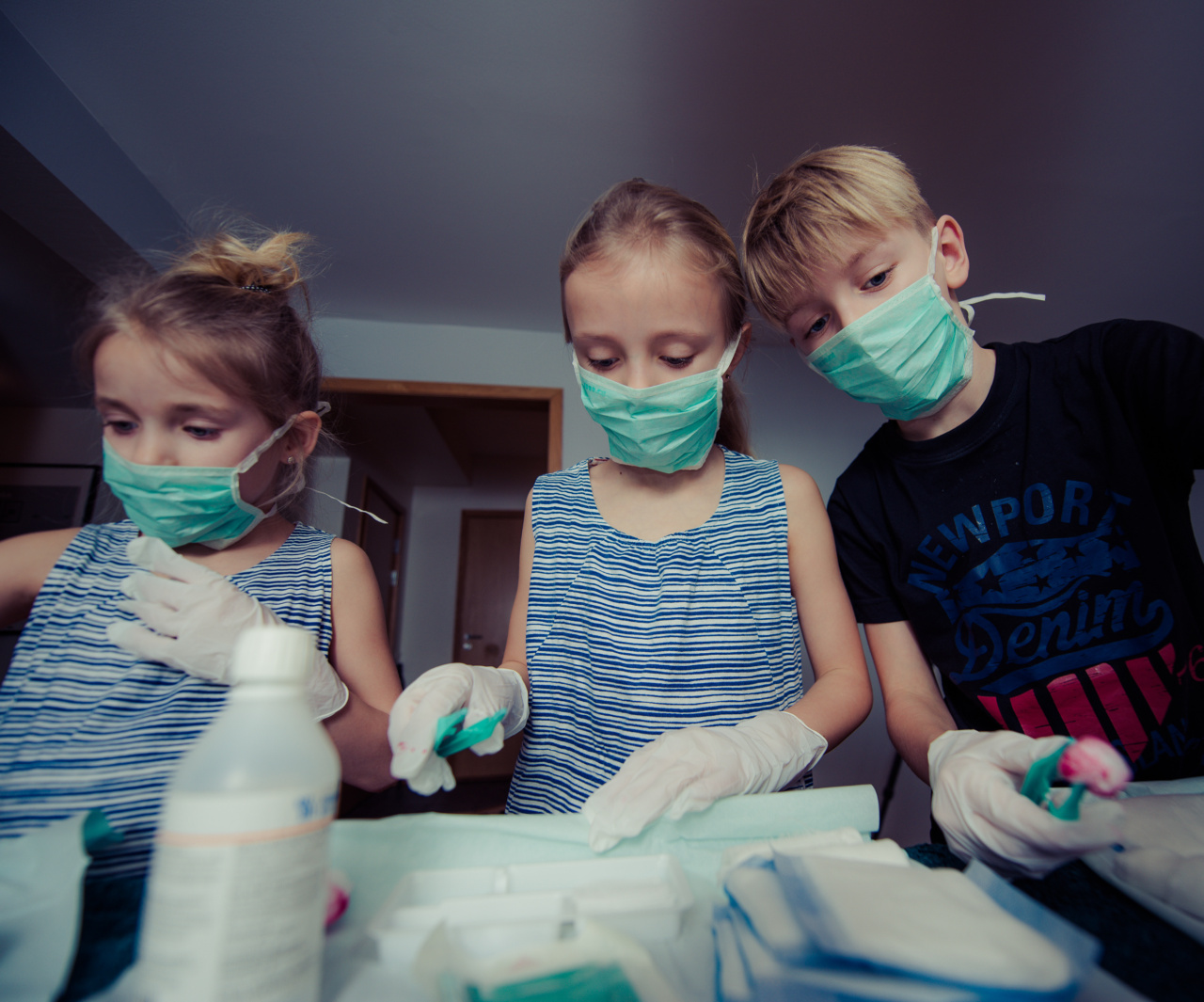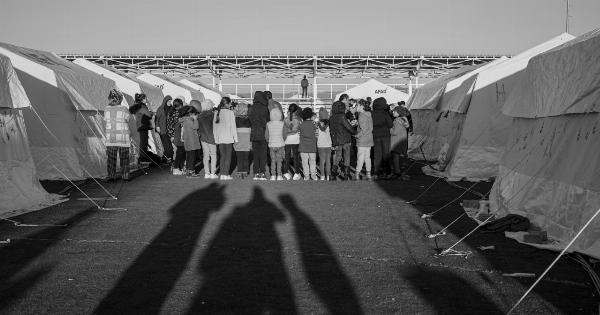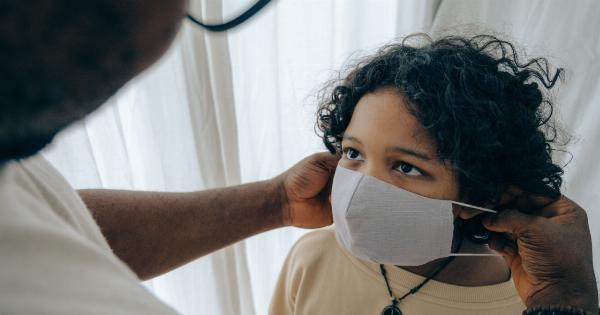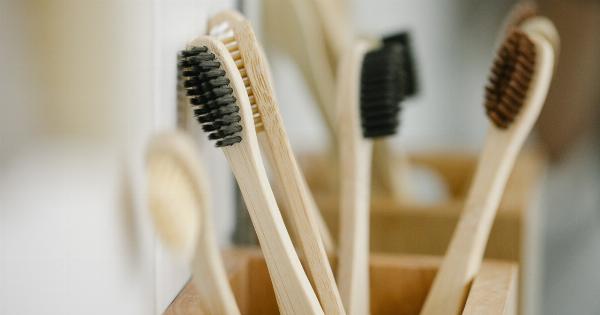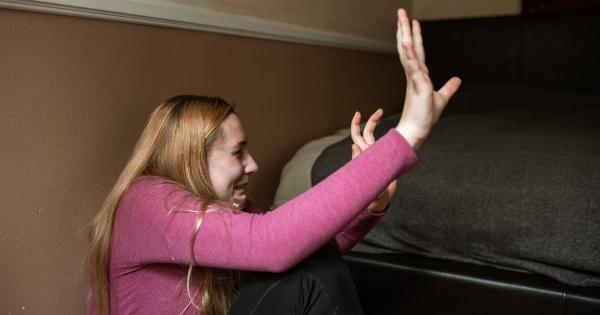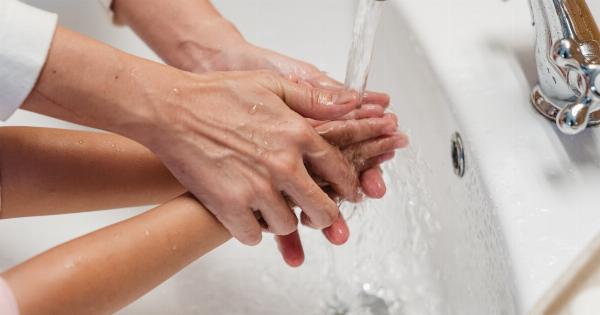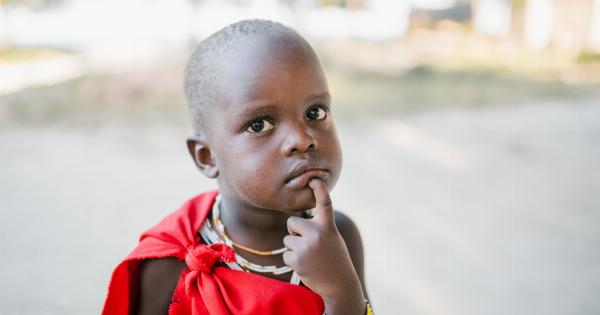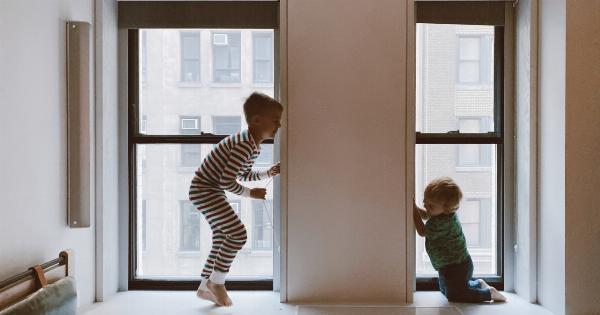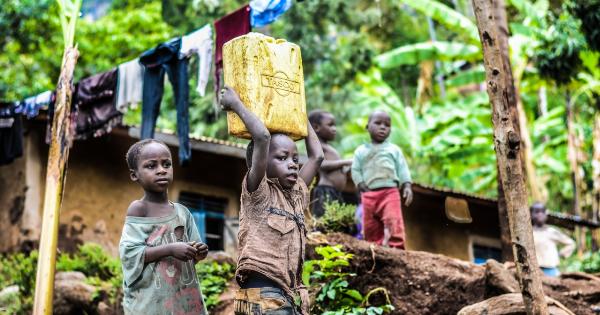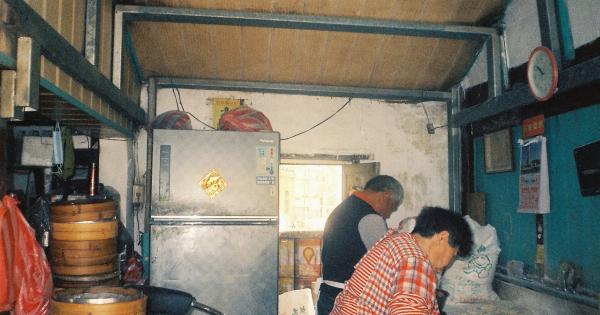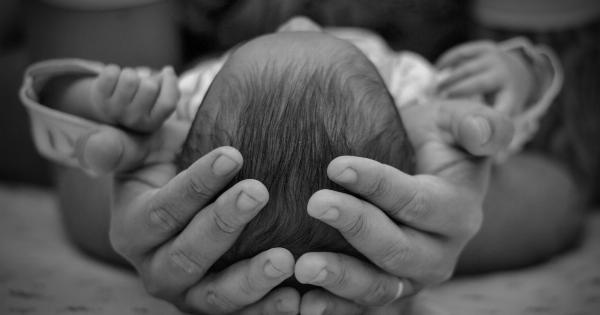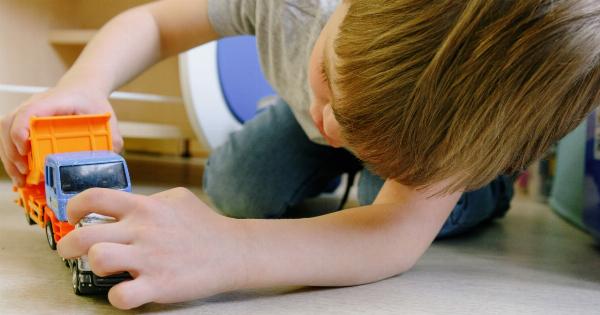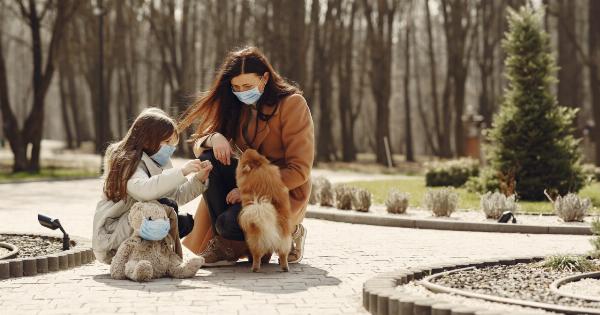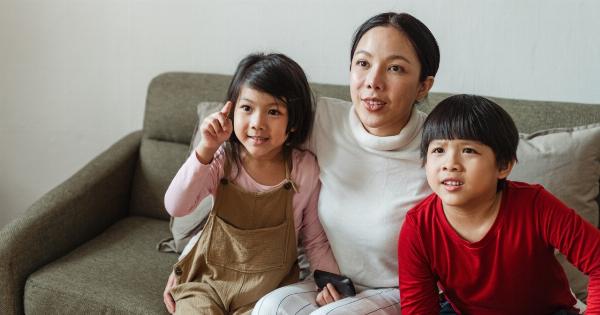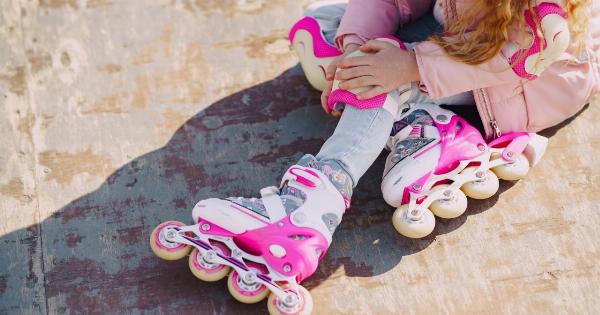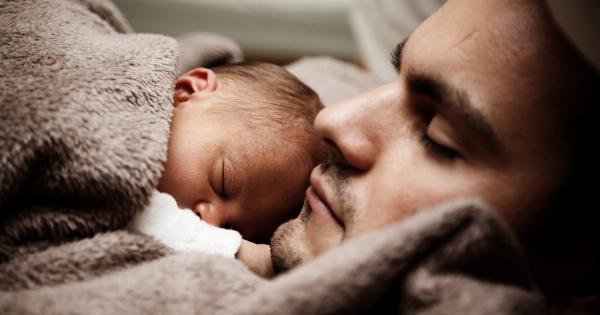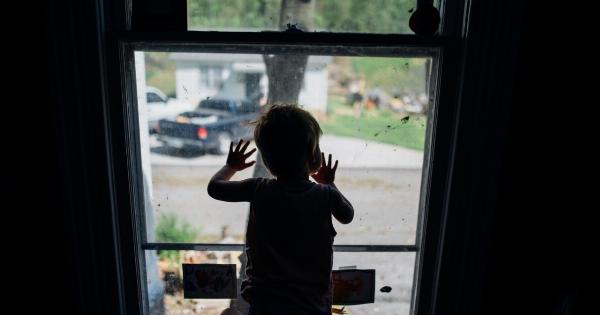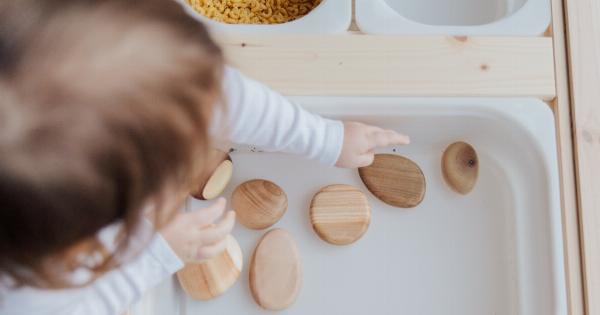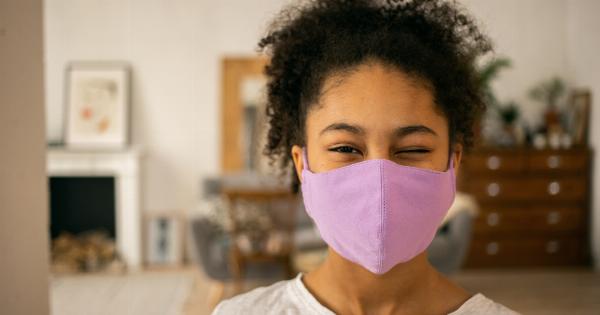Accidents and emergencies can happen to anyone, including children. As parents or caregivers, it’s crucial to be prepared and equipped with basic first aid knowledge to ensure the safety and well-being of kids.
This article will discuss essential first aid techniques and supplies that every adult should be familiar with when it comes to taking care of children.
1. CPR (Cardiopulmonary Resuscitation)
CPR is a life-saving technique that can be crucial in emergencies where a child’s heart has stopped beating. Knowing how to perform CPR correctly can significantly increase the child’s chances of survival.
It involves giving chest compressions and rescue breaths to maintain blood circulation and oxygen levels.
2. Choking
Choking is a common problem among young children, especially those who tend to put small objects in their mouths. Learning the Heimlich maneuver is essential for clearing a blocked airway.
Knowing how to recognize the signs of choking and act promptly could prevent a tragic outcome.
3. Burns
Children have a natural curiosity, and unfortunately, their exploration can sometimes lead to burns. Whether it’s a hot stove, a boiling kettle, or even a fireplace, it’s vital to know how to treat different kinds of burns.
Understanding how to cool the affected area and provide appropriate first aid can help minimize pain and prevent further damage.
4. Cuts and Wounds
Children are prone to cuts and wounds due to their playful nature. Knowing how to clean and dress a wound is essential to prevent infection and promote proper healing.
Understanding when stitches may be required or when a wound can be safely treated at home is crucial knowledge for parents.
5. Fractures and Sprains
Children are active and often engage in physical activities that can result in fractures or sprains. It’s crucial to learn how to immobilize the injured area and provide temporary relief until professional medical help arrives.
This knowledge can prevent further injury and ensure quick recovery.
6. Allergic Reactions
Allergies are becoming increasingly prevalent in children. Knowing how to recognize an allergic reaction and administer appropriate first aid, such as administering an EpiPen, can be life-saving in severe cases.
Understanding common allergens and managing allergic reactions is crucial for every caregiver.
7. Poisoning
Accidental ingestion of toxic substances is a significant concern when it comes to child safety.
Knowing what to do in case of poisoning, such as calling emergency services immediately or inducing vomiting, can help minimize the potential harm caused by ingested toxins.
8. Heat Stroke and Hypothermia
Extreme temperatures can endanger children’s health. Learning how to recognize and manage heat stroke or hypothermia is vital for their well-being, especially during outdoor activities or extreme weather conditions.
9. Seizures
Seizures can be frightening for both the child experiencing them and those around them. Knowing how to respond during a seizure, keeping the child safe, and understanding when to call for medical help is essential knowledge for parents and caregivers.
10. Bee Stings and Allergic Reactions
Children encountering bees or other stinging insects may experience allergic reactions. Knowing how to remove a bee stinger safely and manage potential allergic reactions can be crucial in preventing severe complications.
Conclusion
First aid knowledge is crucial for parents and caregivers in ensuring the safety and well-being of children. Being equipped with essential skills and having the necessary first aid supplies can make a significant difference in emergencies.
Regularly updating this knowledge and staying informed about potential risks can help keep kids safe and provide them with the immediate care they need when accidents happen.
